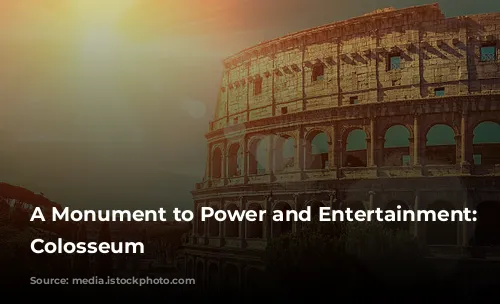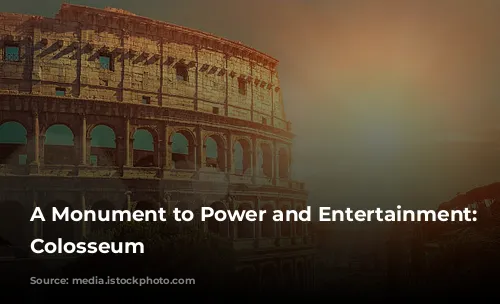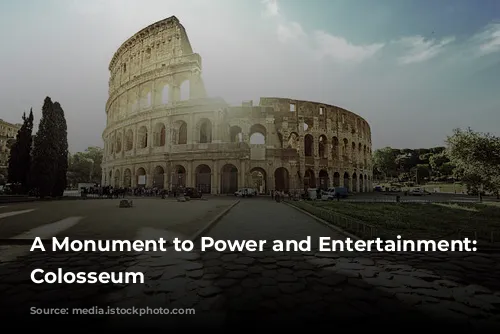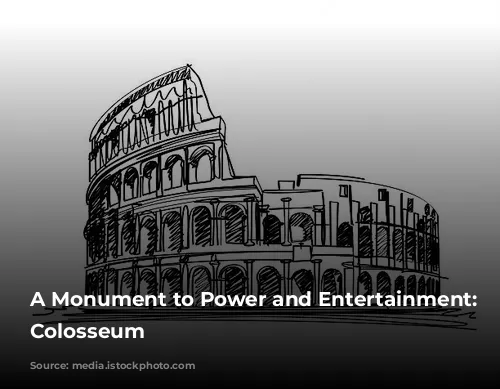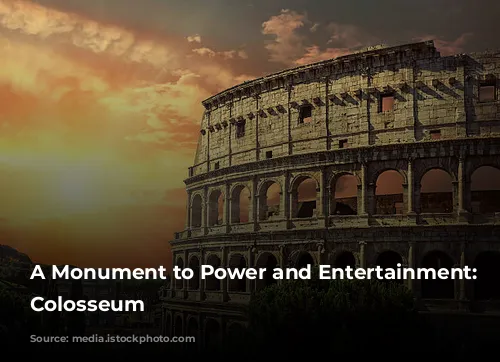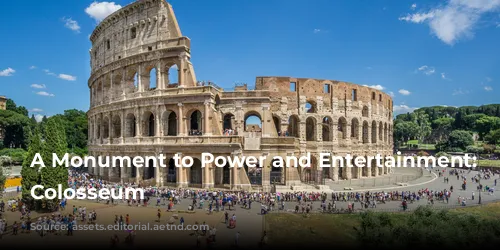Standing tall as one of the most magnificent structures from the ancient world, the Colosseum is more than just a pile of stones. Known by its more formal name, the Flavian Amphitheater, this incredible structure tells the story of Rome’s resurgence after a period of turmoil. It’s a testament to the Flavian Dynasty, a family that brought stability back to the city through their ambitious building program.
The Colosseum was built in the heart of Rome, symbolizing the city’s rebirth after enduring fires, plagues, and civil wars. It was Vespasian, the first emperor of the Flavian Dynasty, who initiated the construction of this architectural marvel, using the spoils of war from the conquest of Jerusalem to fund the project. This grand amphitheater, dedicated ten years later, stood as a potent symbol of Roman strength and ambition.

A Masterpiece of Engineering
The Colosseum isn’t just beautiful; it’s also a testament to ancient Roman engineering prowess. The largest and most complex permanent amphitheater of its time, the structure is a blend of concrete, travertine, marble, stone, and timber. It towers over 150 feet, the equivalent of a 15-story building, and had the capacity to hold an astonishing 50,000 to 80,000 people.
The Colosseum’s construction was not merely a display of Roman engineering skill but also a strategic move by the Flavian Dynasty. They used the structure to reshape the city, erasing the remnants of their predecessor, Nero, and cementing their own legacy. The Colosseum was strategically built on the site of Nero’s extravagant estate, the Domus Aurea, replacing a sprawling artificial lake and a colossal bronze statue of the emperor himself.

A Glimpse into Roman Society
The Colosseum was more than just an arena for entertainment; it reflected the rigid social hierarchy of ancient Rome. The seating arrangement was carefully planned to showcase the status of each individual, a clear illustration of the power dynamics of Roman society. The elite, including the emperor and senators, were seated closest to the action. The Equestrian order, comprising wealthy merchants, artisans, and officials, occupied the next tier. The majority of the population, including women, foreigners, and the less fortunate, occupied the less desirable upper seats.
To ensure smooth flow of people within the Colosseum, builders constructed four entrances specifically for the elite and 76 for the general public. Corridors acted as barriers, keeping the different social classes separated, highlighting the stark social divisions within Roman society. Despite these divisions, everyone within the amphitheater had an excellent view of the arena floor, a testament to the careful planning and architectural brilliance of the Colosseum’s design.
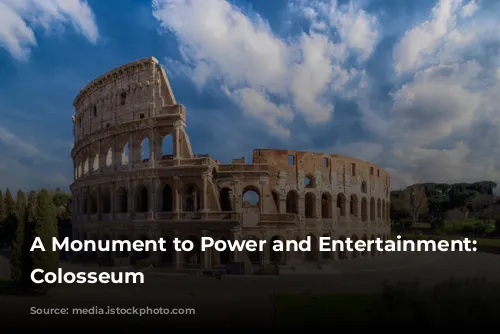
Beyond the Arena: An Architectural Legacy
While the Colosseum is celebrated for its grandeur, its architectural significance is deeply rooted in the structures that preceded it. Drawing inspiration from Greek theaters, the Colosseum incorporated elements like columns, arches, and barrel vaults, creating a visually stunning and structurally sound arena. However, the real innovation behind the Colosseum was its extensive use of concrete. This revolutionary material made the construction of such a massive structure possible, showcasing Roman engineering prowess.
The Colosseum’s remarkable longevity is attributed to its strong concrete foundation, an essential feature given the challenging terrain near the Tiber River. Beyond its structural ingenuity, the Colosseum boasted a sophisticated drainage system for mock sea battles, retractable awnings to protect spectators from the elements, and a complex network of chambers and tunnels beneath the arena floor.
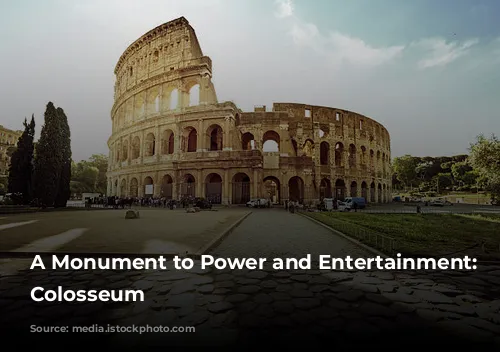
The Unsung Builders and Funding the Colosseum
The question of who actually built the Colosseum and how it was financed has been a source of debate for centuries. While the exact cost remains unknown, it is widely believed that a significant portion of the funds came from the spoils of war, specifically from the capture of the Jerusalem Temple during the First Roman-Jewish War.
For many years, the conventional wisdom was that 100,000 Jewish slaves captured during the siege of Jerusalem were forced to build the Colosseum. While this narrative is compelling, it is not supported by historical evidence. While it’s true that slave labor would have been extensively utilized in such a massive project, the precise origin of the workforce remains a mystery.
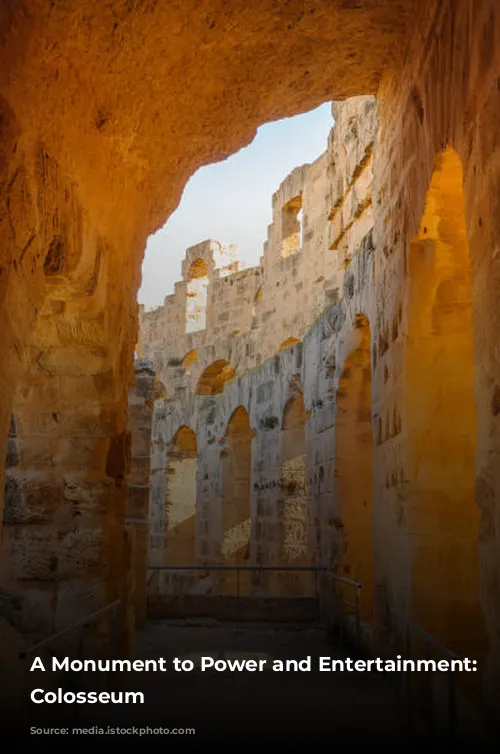
A Lasting Legacy: From Ancient Rome to Modern Sports
The Colosseum’s impact extends far beyond ancient Rome. Its influence can be seen in the design of modern-day sports stadiums. The Colosseum’s use of arches for structural support, its elliptical shape, and its system of entry and exit based on seating location have all become standard features in contemporary stadiums.
The Colosseum stands as a testament to Roman power, ingenuity, and the enduring fascination with spectacle and entertainment. It remains a symbol of Rome’s greatness and a reminder of the profound impact of ancient civilizations on our world today.
